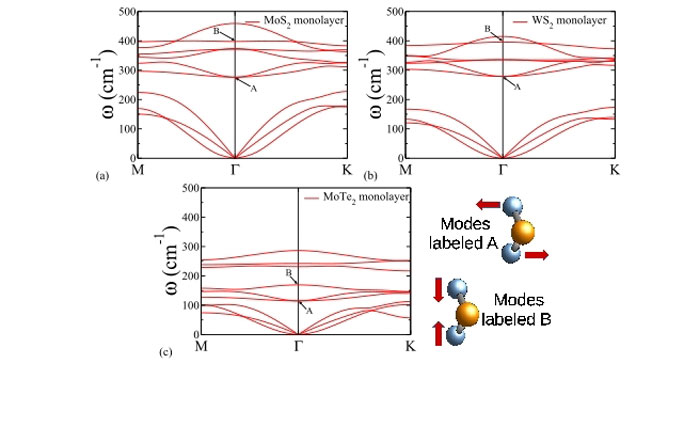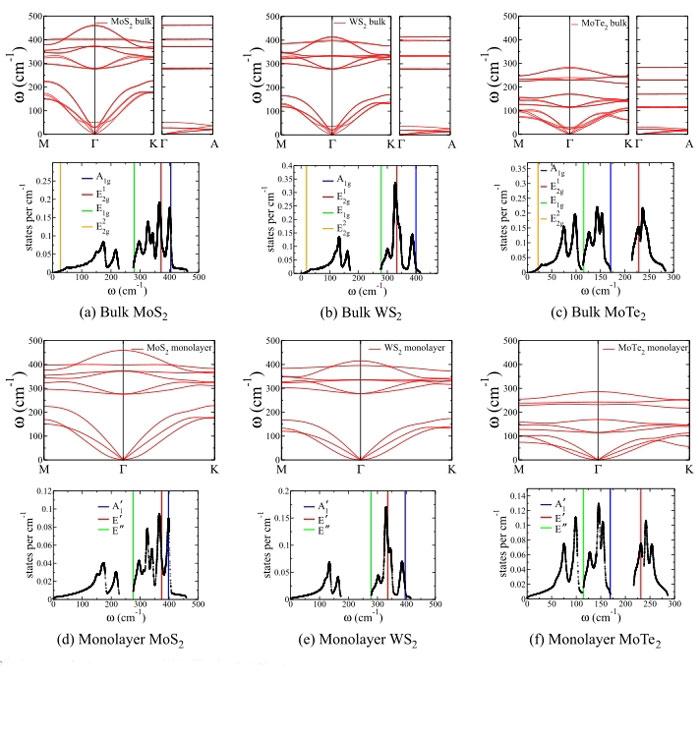Figure 1. Zero-energy states in electrostatically-defined graphene waveguide.
Theoretical condensed matter
This theme focuses on the electronic, mechanical, thermal and optical properties of systems in which fundamental aspects of quantum mechanics are prominent. This theoretical activity is strongly linked to the other two research themes in Quantum Systems and Nanomaterials.
Academic lead: Dr Eros Mariani
Group: Tom Sturges, Claire Woollacott, Alexander Pearce
This group's field of research is theoretical condensed matter physics. We currently focuses mostly on the electromechanical properties of graphene membranes and on nano-electromechanical systems (NEMS).
In particular, we investigate electronic transport in suspended mono- and multi-layer graphene, with a special focus on the fictitious gauge fields induced by elastic mechanical deformations in the electronic Dirac Hamiltonian. Our recent works highlight the importance of flexural phonons in transport through graphene resonators as well as the dramatic effects of strain on the electronic band-structure of bilayer graphene.
In the field of NEMS we analysed the electron-vibron coupling and its effects on electronic transport in different contexts. One of the most remarkable electro-mechanical effects is the Franck-Condon current blockade, recently observed in suspended carbon-nanotubes quantum dots.
A parallel research line recently introduced in our activities deals with the physics of plasmonic metamaterials, with a focus on collective plasmons in lattices of metallic nanoparticles.
Other research activities in the past few years include parametric resonances in quantum many-body systems, cold atoms in optical lattices and the fractional quantum Hall effects (Chern-Simons quantum field theory, composite fermions and non-abelian quantum Hall states).
Academic lead: Professor Misha Portnoi
PhD students: Charles Downing
Our current research is focused on electronic and optical properties of graphene and carbon nanotubes. We have investigated confined zero-energy states in electrostatically-defined graphene waveguides (Figure 1), and vortices in quantum dots and rings; momentum alignment of photo-excited carriers in graphene (optovalleytronics) as well as two-phonon scattering in graphene in the quantum Hall effect regime at elevated temperatures.
Our work on carbon nanotubes is aimed at their prospective applications to terahertz optoelectronics and includes the study of optical transitions and excitons in narrow-gap carbon nanotubes.
Academic lead: Dr Andrei Shytov
PhD students: Lachlan Marnham
MPhys students: Scott Taylor, Giacomo Pope
Our theoretical research group looks at band-gap engineering and transport in quantum systems. Our group has shown that adatoms in graphene-based compounds (fluorinated or hydrogenated graphene) can be ordered by electron-mediated effective interactions.
This opens a route towards engineering a band gap.
Academic lead: GP Srivastava
Group Members: Dr Iorwerth Thomas (PDRA), Professor Tome M. Schmidt (visiting academic), Shane Davies (jointly supervised PGR)
This group conducts theoretical ab inito and semi-ab initio investigations of the physics of electrons and phonons in bulk (3D), surface (2D) and nanocomposite structures.
Specific topics include:
- electronic band structure
- phonon dispersion relations
- electron-electron, electron-phonon and phonon-phonon interactions
- thermal transport
- thermoelectric properties
- BCS superconductivity.
Collaborators
- Professor H. M. Tutuncu (Sakarya University, Turkey)
- Professor M. Cakmak (Gazi University, Ankara, Turkey)
- Professor T. M. Schmidt (University of Uberlandia, Brazil)
- Professor R. Hicken (University of Exeter)


